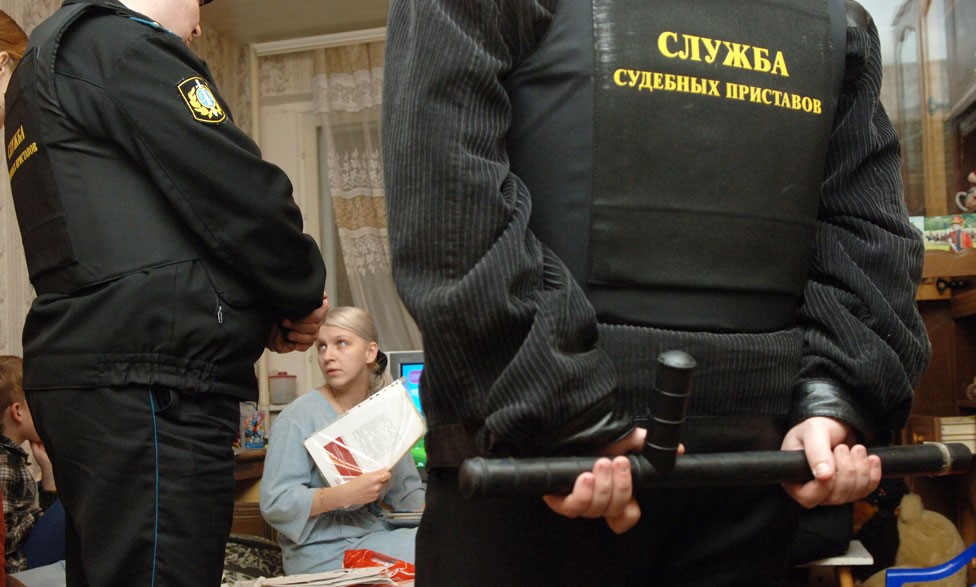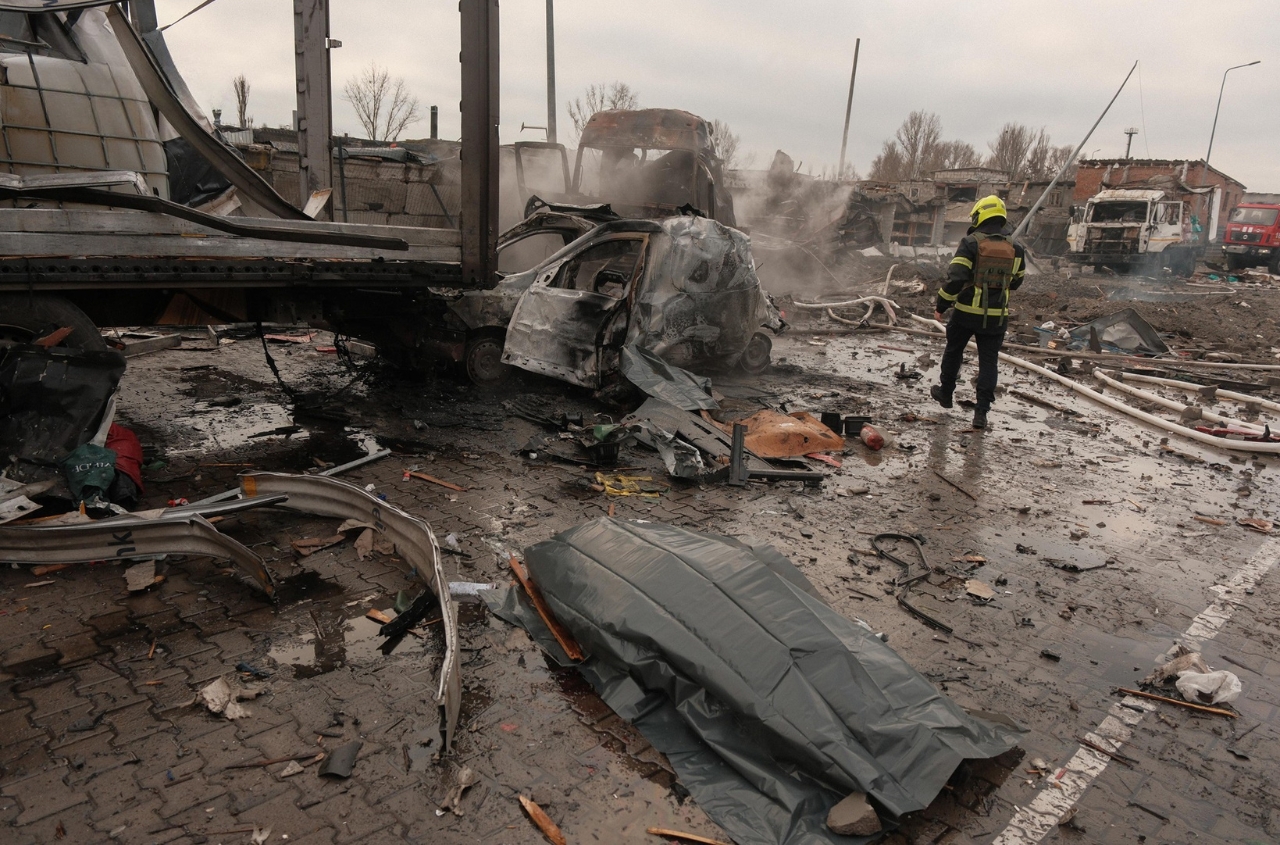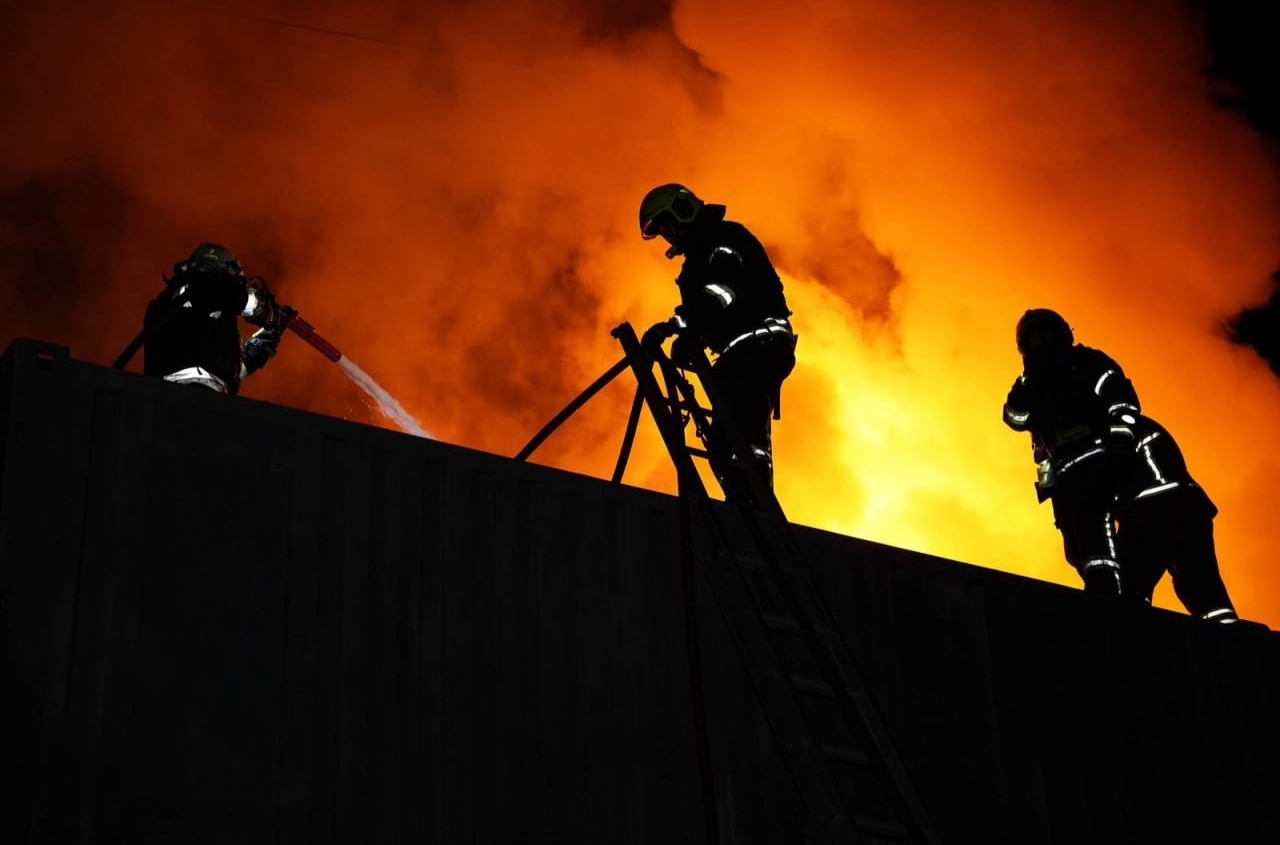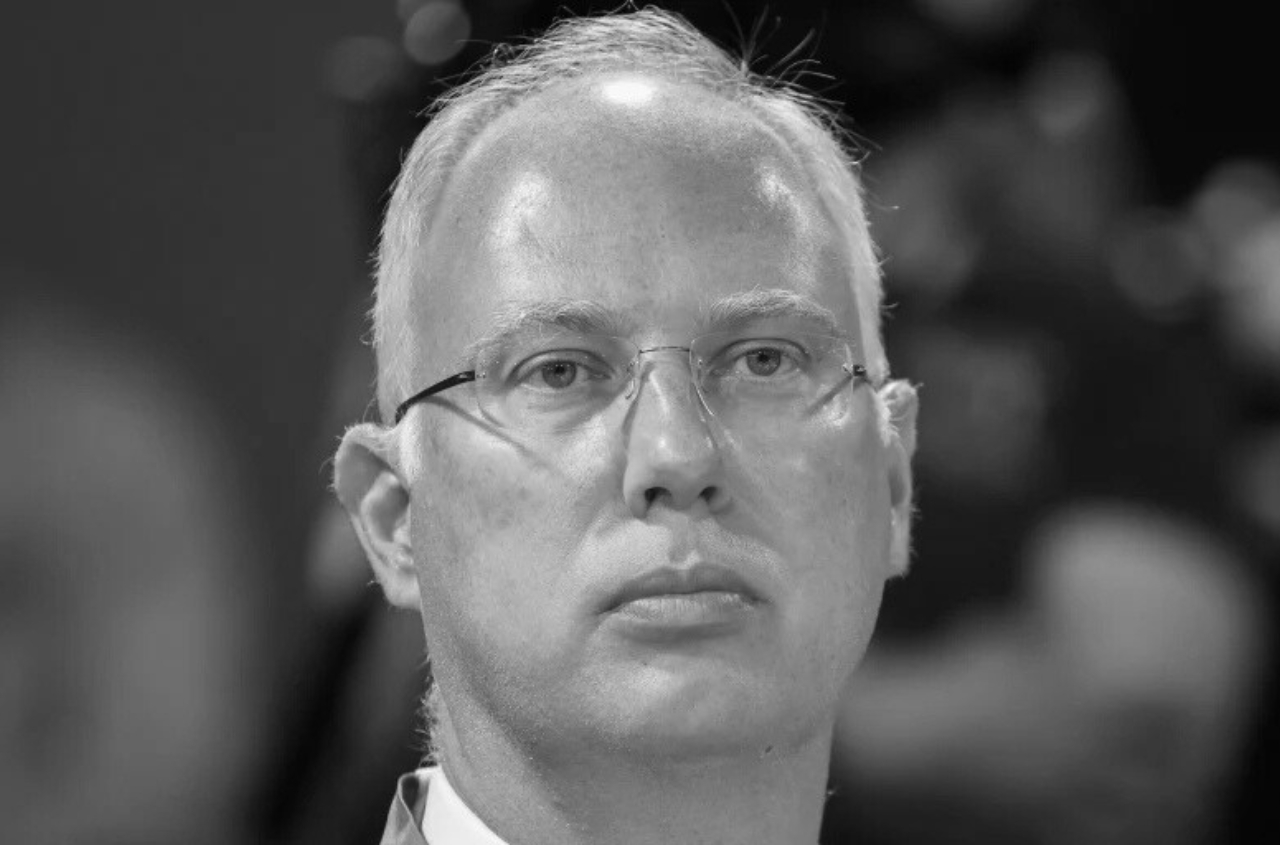The Russian authorities are expanding the toolkit for forced asset seizures, using property confiscation as a rapid means of replenishing the budget amid a worsening economic situation and a growing deficit. The Kremlin’s official justification remains unchanged—combating crime and “illegally obtained income”—but the range of grounds for asset seizure is steadily broadening.
Previously, confiscation was applied mainly in cases of corruption and economic offenses. Now, the list of grounds includes spreading so-called “fake news” about the Russian Armed Forces, desertion, participation in “undesirable organizations,” confidential contacts with foreign entities, sabotage, as well as unlawful access to information, including hacking computer systems and falsifying data. In practice, this represents a shift from selective application to systematic use of confiscations as a tool of pressure and budget replenishment.
Statistics demonstrate the scale of this trend: in 2020, confiscation was applied to approximately 2,500 individuals, whereas by 2024, this number had grown to 24,000.
The economic context in which these decisions are made is decisive. Rising expenditures on the war against Ukraine and a persistent budget deficit provide incentives for the Kremlin to more actively seize private resources. Confiscation has effectively become a fiscal tool, allowing for the rapid mobilization of citizens’ and businesses’ funds to compensate for the shortfall in state revenue.





















